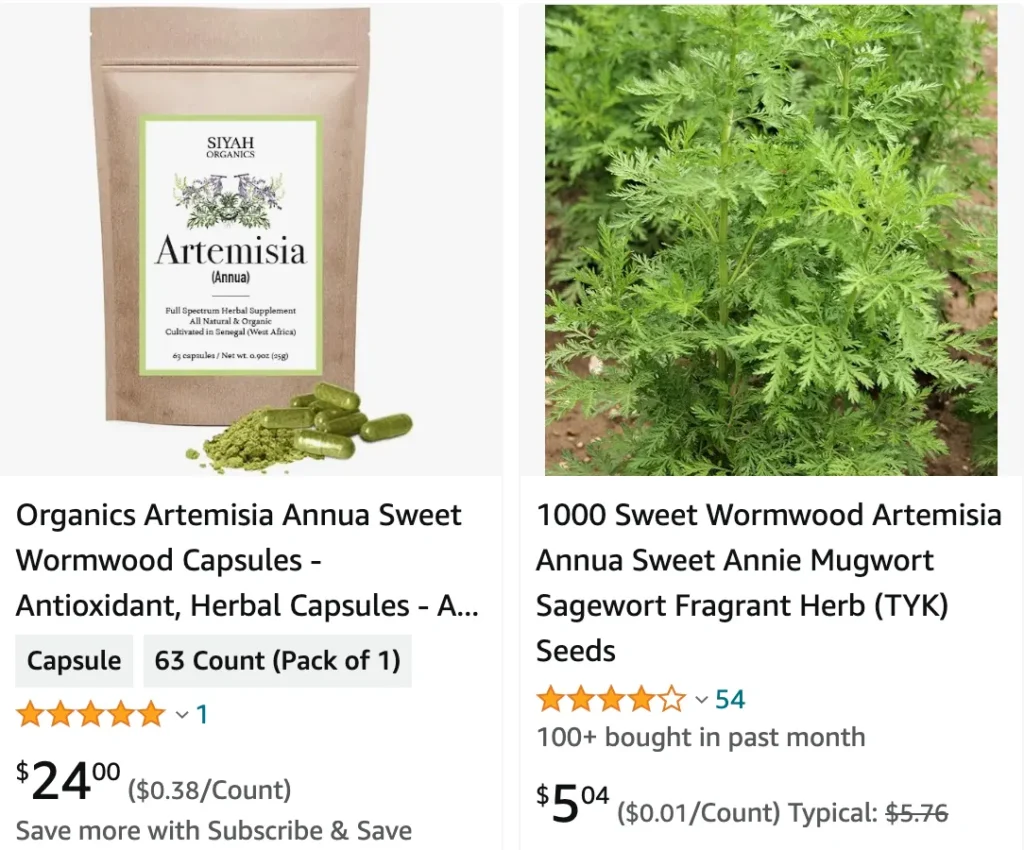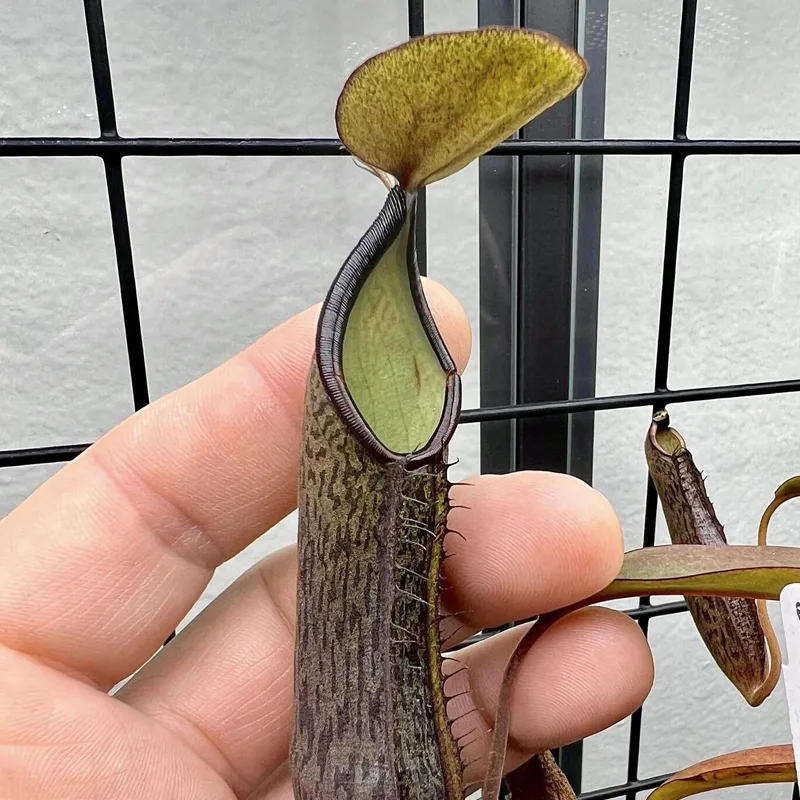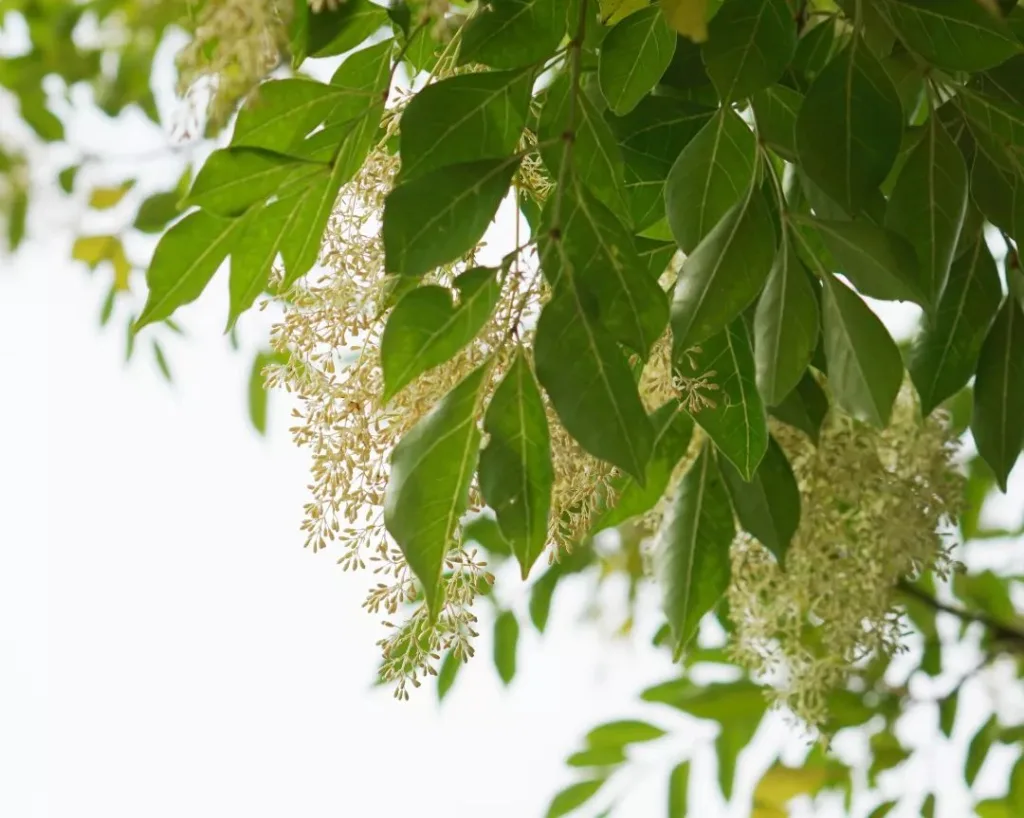
What is artemisia annua?
Artemisia annua, commonly known as sweet wormwood, is a fascinating herb with a rich history in traditional medicine. I first encountered it while exploring herbal remedies for various health issues. This plant has delicate, fern-like leaves and a distinctive, somewhat bitter aroma that intrigued me from the start. As I delved deeper into its properties, I learned about its active compound, artemisinin, which has garnered attention for its potential medicinal benefits.
508 Species in Genus Artemisia
Artemisia Annua vs Artemisia Absinthium
I’ve grown both Artemisia Annua and Artemisia Absinthium, and while Annua’s bright green foliage and medicinal properties stood out to me, Absinthium’s distinctive silvery leaves and strong aroma made it a unique addition to my garden.
Artemisia Annua vs Artemisia Vulgaris
In my experience, Artemisia Annua’s vibrant growth and effectiveness as a traditional medicine were impressive, but Artemisia Vulgaris’s robust presence and slightly less vigorous growth made it a more resilient and versatile plant for various garden conditions.
Artemisia Annua vs Artemisia Carvifolia
I found Artemisia Annua to be more visually striking and beneficial for its medicinal uses, whereas Artemisia Carvifolia, with its subtler appearance and more delicate fragrance, seemed to be less prominent but still a nice complement in my herb garden.
Artemisia Annua vs Ivermectin
Comparing Artemisia Annua to Ivermectin, I appreciated the natural approach of Annua for its potential medicinal benefits, though Ivermectin’s pharmaceutical precision offered a more consistent and scientifically validated solution for parasitic issues.
What is artemisia annua good for?
Artemisia annua is renowned for its therapeutic properties, particularly in combating malaria. Learning about its anti-malarial effects sparked my interest in its broader applications. From personal experience, I’ve found it to be helpful in managing fevers and mild digestive issues. Its versatility in traditional medicine traditions around the world only adds to its allure, and I’ve incorporated it into my wellness routine with positive results.
How to grow artemisia annua?
Growing artemisia annua in my garden has been a rewarding experience, albeit with its challenges. I’ve found that it thrives in well-drained soil and partial sunlight, mimicking its natural habitat. Cultivating it from seeds requires patience and attention, but seeing the plant flourish under my care has been immensely gratifying. Plus, having fresh leaves readily available for tea or other uses is a definite bonus.
How to make artemisia annua tea?
Making artemisia annua tea has become a cherished ritual for me. I simply harvest a few leaves from my garden, rinse them thoroughly, and steep them in hot water for a few minutes. The resulting infusion has a distinct, slightly bitter flavor that I’ve grown to enjoy. I often add a touch of honey or lemon to balance out the taste, creating a soothing beverage that I find both comforting and beneficial to my well-being.
How to use artemisia annua?
Utilizing artemisia annua in various forms has been an intriguing journey of exploration for me. Beyond tea, I’ve experimented with incorporating it into tinctures, extracts, and topical applications. From easing minor ailments to supporting overall health, its versatility never ceases to impress me. However, I always approach its use with caution and respect for its potent properties, ensuring that I research and consult with experts when necessary.
Is artemisia annua safe?
In my experience, artemisia annua can be safe when used responsibly and in moderation. However, like any herbal remedy, it’s essential to be aware of potential side effects and interactions, especially when consumed in concentrated forms or by certain individuals. As with any health-related decision, I believe in taking a balanced approach and listening to my body’s signals to determine what works best for me.
Is artemisia annua the same as wormwood?
While artemisia annua and wormwood share similarities, they are distinct plants with different properties and uses. Artemisia annua, also known as sweet wormwood, is prized for its medicinal qualities, particularly in combating malaria. On the other hand, Artemisia absinthium, commonly referred to as wormwood, is more renowned for its use in herbal liqueurs like absinthe and its potential therapeutic effects on digestion and appetite.
What is the difference between artemisia annua and artemisia absinthium?
The primary difference between artemisia annua and artemisia absinthium lies in their chemical composition and traditional uses. While both belong to the Artemisia genus and share some medicinal properties, they contain different active compounds and are valued for distinct purposes. Artemisia annua is celebrated for its anti-malarial properties due to its high artemisinin content, whereas artemisia absinthium is prized for its effects on digestion and its role in herbal remedies for various ailments.
Where does artemisia annua grow?
Artemisia annua is native to temperate regions of Asia, but it’s also cultivated in other parts of the world with suitable climates. From my understanding, it prefers well-drained soil and partial sunlight, thriving in conditions that mimic its natural habitat. While it can be grown in a garden setting, it’s also found growing wild in certain areas, adding to its mystique and allure.
Where to buy artemisia annua?
When it comes to purchasing artemisia annua, I prefer to source it from reputable suppliers that prioritize quality and sustainability. Whether online or at local herbal stores, I look for products that are ethically sourced and undergo rigorous testing for purity and potency. Additionally, I appreciate brands that provide transparent information about the sourcing and production of their artemisia annua products, allowing me to make informed choices.
How to extract artemisinin from artemisia annua?
Extracting artemisinin from artemisia annua is a complex process that requires specialized knowledge and equipment. While I’ve read about various extraction methods, such as solvent extraction or chromatography, I haven’t personally attempted to extract artemisinin at home. From what I understand, it’s a delicate process that requires careful handling of the plant material and adherence to safety protocols to ensure the purity and efficacy of the final product. For those interested in extracting artemisinin for research or medicinal purposes, I would recommend consulting with experts or referring to established protocols to ensure proper technique and safety.
If i die, water my plants!



